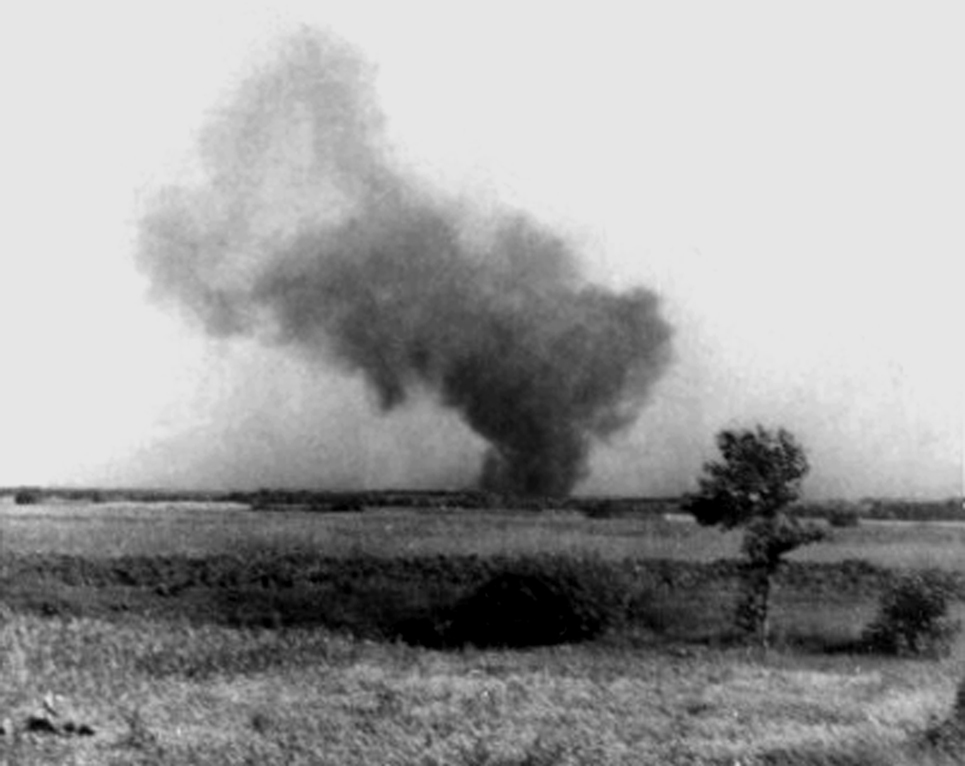Jews under German occupation resisted Nazi policies. Initially resistance existed only in social and civil terms. With the start of the Holocaust, conditions changed radically. From 1942, militant structures began to emerge with the aim of fighting the Germans with arms in hand.
The initiators of the concept of hand-to-hand combat against the superior German forces in the ghetto areas were young Jewish. To this end, from 1942, they made contacts with Polish underground organisations of various political orientations, collected armaments and built a system of bunkers, and members of the Jewish underground were trained. A pressing problem was the lack of weapons, which were mostly bought on the black market.
Another obstacle proved to be the worldview divisions within the armed Jewish conspiracy. Disagreements were most evident in the Warsaw Ghetto. They delayed the consolidation of the Jewish underground. In the end, both the Jewish Fighting Organisation and the Jewish Military Union fought separately in the Warsaw Ghetto Uprising (19 April – 16 May 1943), heroically struggling for a dignified death and survival. Armed resistance also arose in other ghettos, such as Będzin, Białystok, Częstochowa and Krakow. Attempts at armed resistance were also recorded, for example, in Nieświeże or Tarnów.
The outbreaks of armed groups in the extermination camps proved to be a phenomenon. They broke out in Treblinka, Sobibor, but also Auschwitz-Birkenau. In the latter, a revolt took place in 1944, when members of the Sonderkommando (663 persons in total) resisted by setting fire to Birkenau crematorium IV.
Other forms of armed struggle against the German occupier included participation in the forest partisans’ movement – usually independent groups or communist groups under Soviet command.





